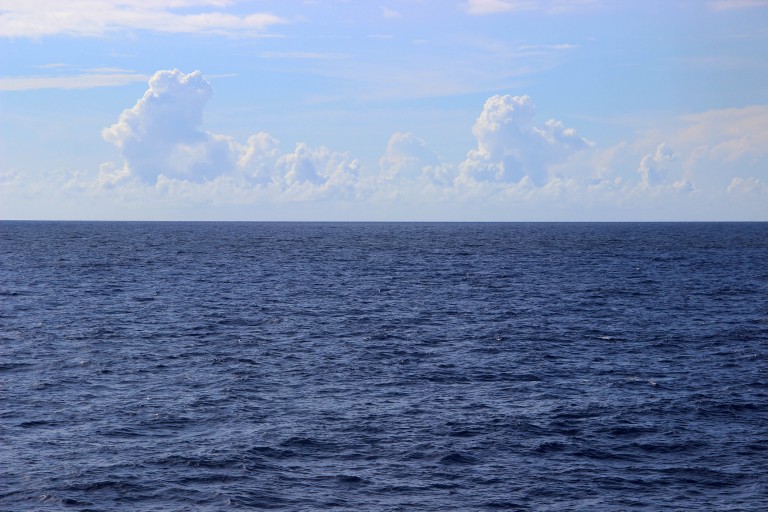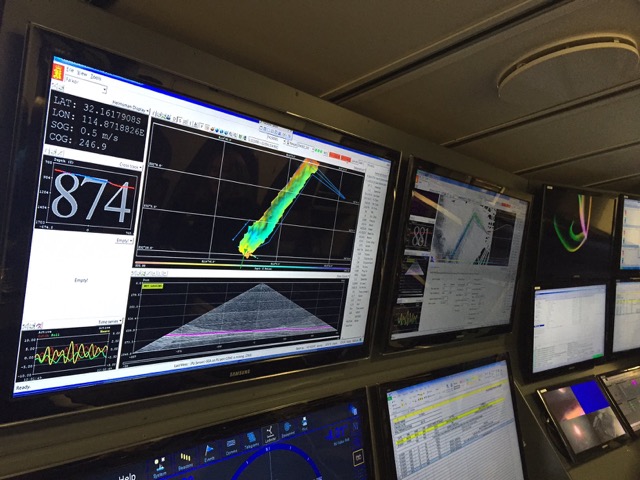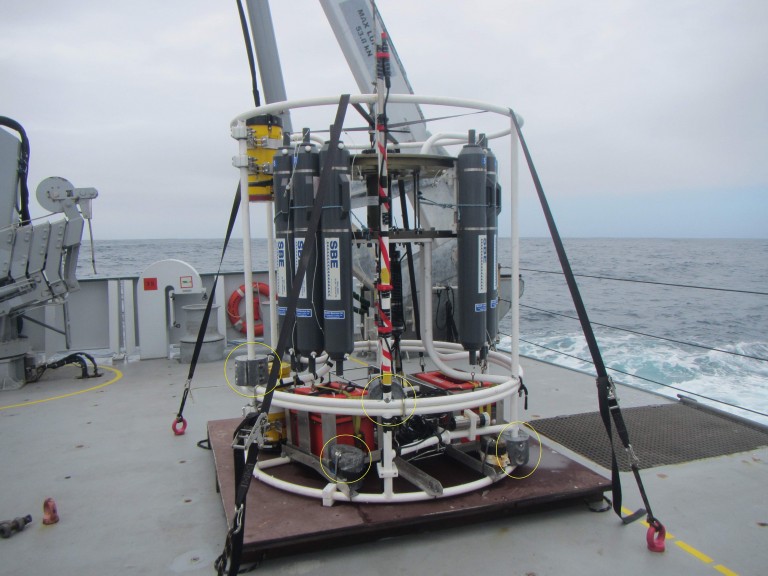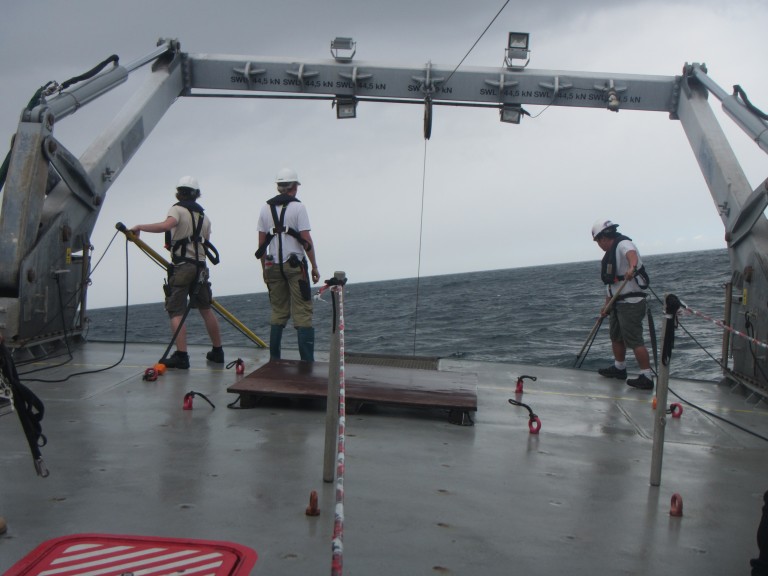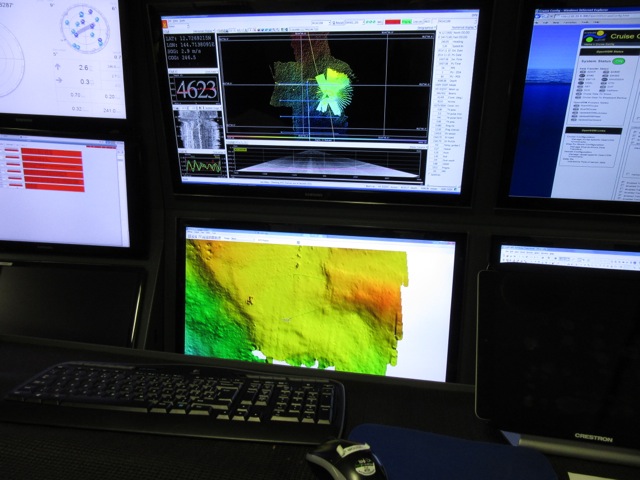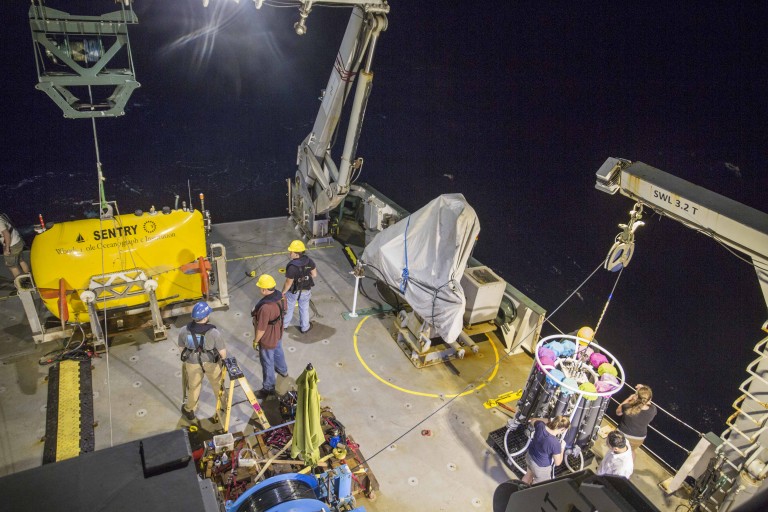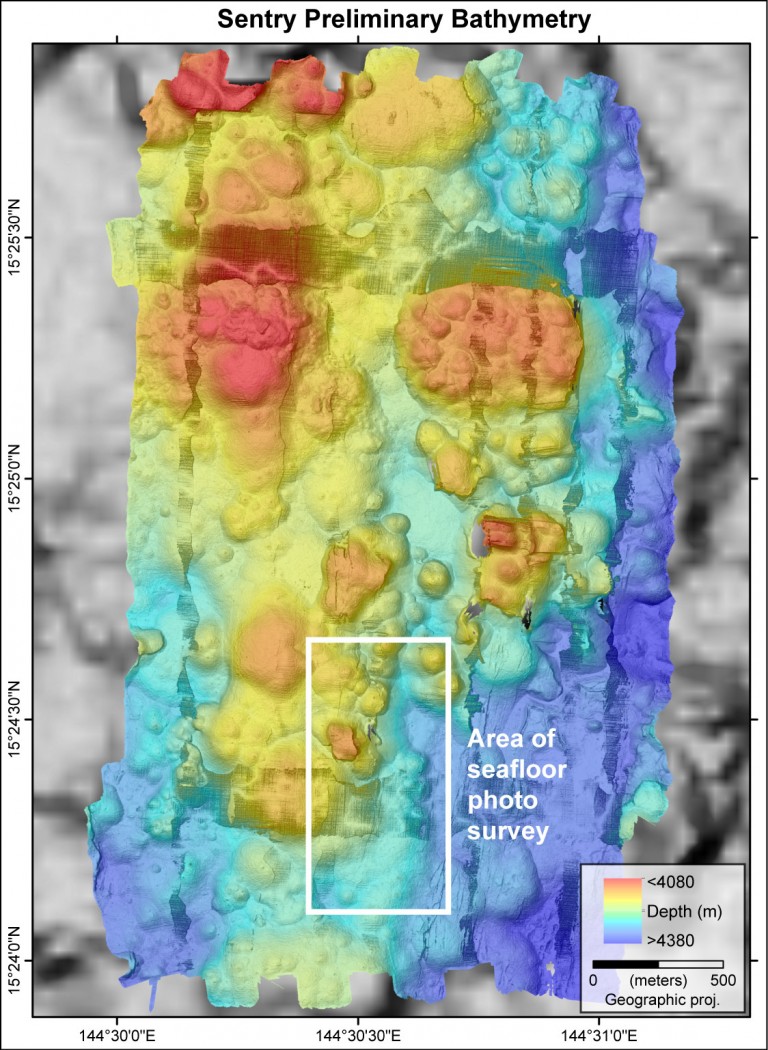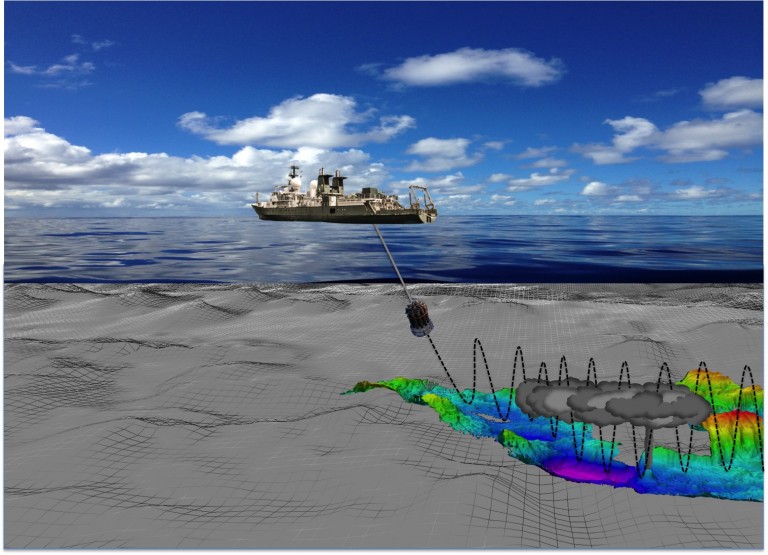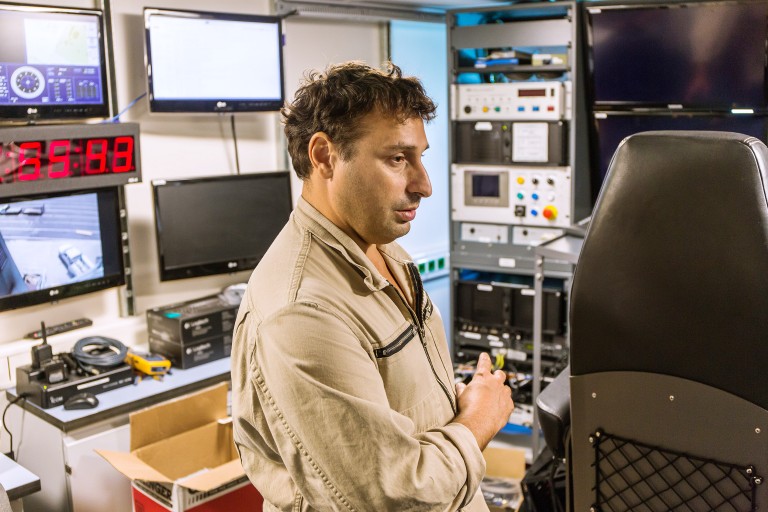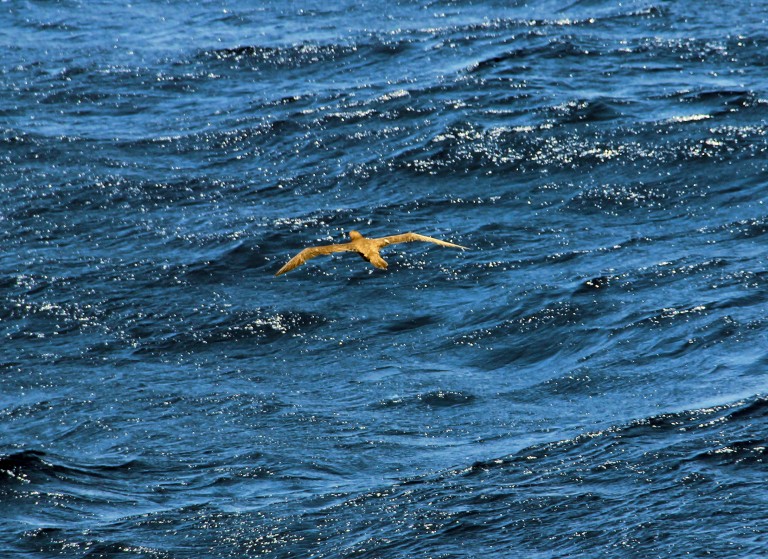Log Post: Silent Running
Today has been a quiet day but we’ve been making steady progress. The first CTD cast started at 4am and the last of the day will finish just before midnight. Tomorrow we will start again at 04h00. Working to that pattern we have managed to measure water column properties from top to bottom at three … Continued
